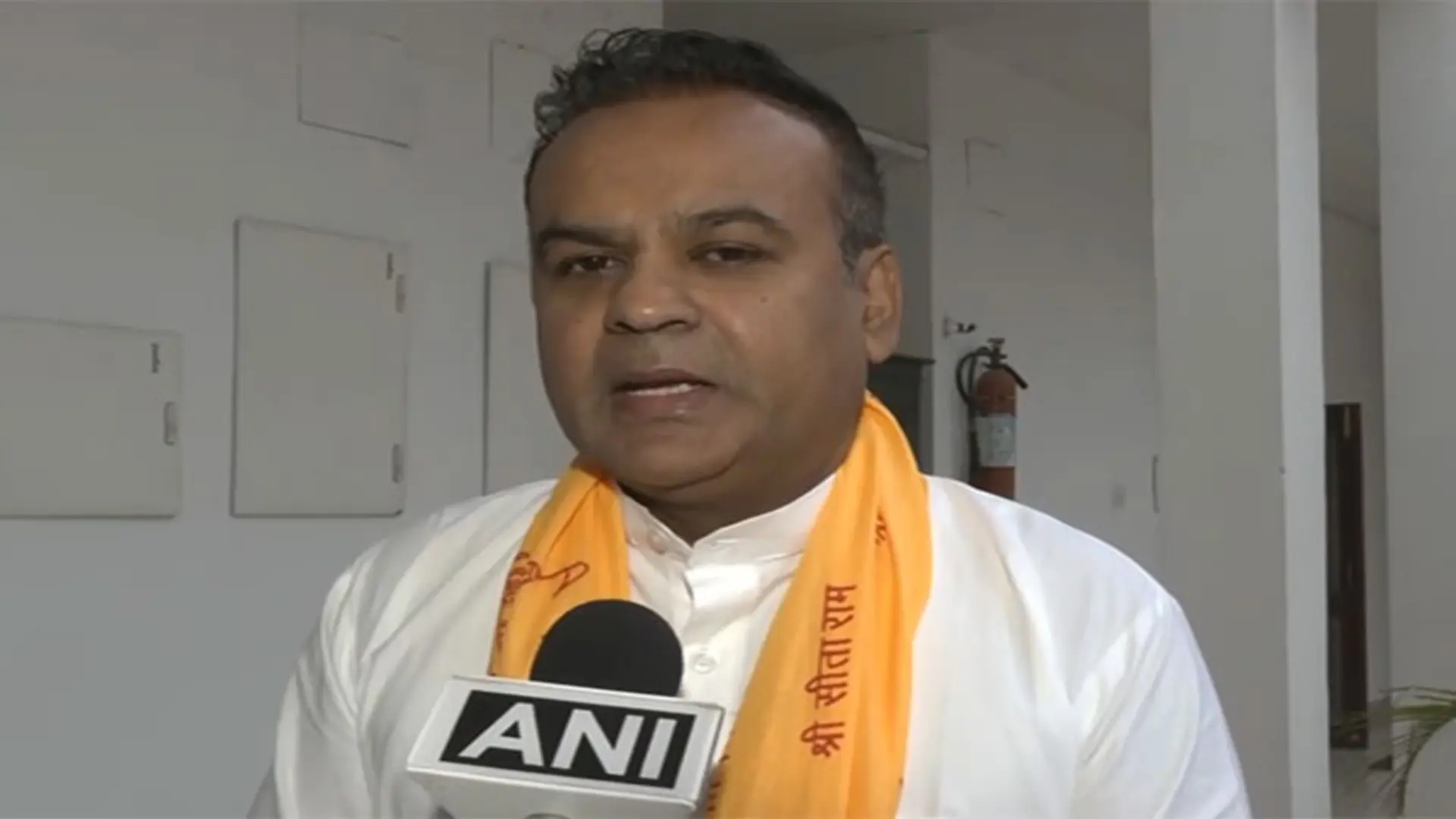The world of work is constantly changing and evolving. From the era of specialization and hyper-specialization wherein employees had defined roles focusing on a specific task or domain, the working landscape has come a long way. Today, it›s not uncommon for employees to take on a variety of tasks and have a diverse set of skills. Interestingly, future careers are expected to be led by a higher level of cross-functionality and a multidisciplinary system of working. A recent report by the World Economic Forum predicts that by 2025, most jobs will require a blend of technical, social, and emotional skills.
The way forward: a multidisciplinary approach
Albert Einstein once said, “All religions, arts and sciences are branches from the same tree.” Specialization has long been emphasized in higher education. The majority of students, including those who have not yet enrolled in college, are aware that after taking core classes, they would have to study a particular field of interest. While specialization has paved the way for in-depth exploration to build on expertise in a field, the current career landscape takes it a step further. It demands a heightened synergy between streams and subjects to synthesize concepts from other fields to prepare students for the world of work in a better way. The National Education Policy (NEP 2020) also emphasizes the importance of incorporating a multidisciplinary approach to education. The NCF 2022 (National Curriculum Framework) proposes to implement the features of NEP for the holistic development of children from an early age. The inclusion of stimulating experiences for a child’s development in varied dimensions – cognitive, social-emotional, along with physical, will enable them to gain precious skills required in the world of work later.
Connecting the dots between streams
It has been increasingly recognized that students need the best of both worlds when they are preparing for the future. For instance, STEM graduates may hold mastery in their subject but lack business and project management skills, such as leadership and communication. All kinds of roles will require essential skills such as logical reasoning, critical thinking, effective communication, and ethical behavior. The increasing dependability on technology and automation across industries translates to higher demand for candidates that can combine technical expertise with business acumen and creative abilities. Many professions such as data science use a combination of technical skills (such as programming and statistical analysis) and domain-specific knowledge (such as business or healthcare) to analyze and interpret large datasets. Similarly, UX design combines design, psychology, and technology skills to create user-friendly and intuitive products and interfaces. It is important for individuals to be adaptable and open to learning new skills and knowledge areas in order to stay competitive and relevant in a rapidly changing job market. NEP has emphasized the dissolution of a strict demarcation between streams and that students should be offered more flexibility in choosing subjects. The way subjects are taught in an integrated manner at the foundational stage needs to make space for different combinations to inculcate dynamic skill sets in students.
Emerging careers
Interdisciplinary approach to learning encourages students to bring together knowledge and skills from different disciplines. Some emerging careers that require an integrative approach to learning include:
Renewable energy engineer: They use a combination of technical skills, such as electrical engineering and renewable energy technologies, and non-technical skills such as project management and communication, to design and implement renewable energy systems.
Social media manager: They apply a combination of marketing skills, such as content creation and social media strategy, and technical skills, such as data analysis and social media platform management, to manage a company›s social media presence and engage with customers.
Robotics engineer: They use technical skills, such as programming and mechanical engineering, and non-technical skills, such as problem-solving and project management, to design and build robots and automated systems.
Biomedical engineer: Biology and engineering expertise is combined with non-technical skills, such as project management and communication, to develop medical devices and technologies.
To ensure that students have a common thread running through science, business and humanities, we must focus on creating linkages between all the three disciplines. Tomorrow’s employers will value collaboration. A report by the McKinsey Global Institute predicts that there will be a growing demand for hybrid jobs that combine technical and non-technical skills, such as data analysts who can also communicate effectively with business stakeholders. Thought leaders from various disciplines must work together to find solutions to the complicated issues we currently face, such as climate change, the pandemic, or the role of artificial intelligence. We can put diverse spaces in perspective by combining several streams, helping the young workforce to achieve success in the dynamic job market of the future.
With the careers of the future involving a blend of different skills and knowledge domains, the education industry needs to step up in order to prepare students for success. This may involve integrative learning experiences that help learners develop skills and proficiency necessary to be flexible and adaptable in a rapidly changing employment market.
Sushma Sharma, Director , Career Success Strategy, Veative Group








